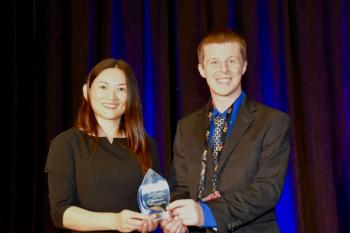
How Much Pomegranate Is In Pomegranate Juice?
Pomegranates are loaded with antioxidants and millions of people turn to pomegranate juice for its many health benefits, but every time you take a sip from a bottle of the popular juice, how much of the actual fruit are you consuming?
Pomegranates are loaded with antioxidants and millions of people turn to pomegranate juice for its many health benefits, but every time you take a sip from a bottle of the popular juice, how much of the actual fruit are you consuming?
Scientists from the University of California have begun a series of studies using GC–MS to determine how much pomegranate is actually contained within in carton of retail pomegranate juice.
To identify the quantity of the fruit within the juice, the team of scientists looked for certain trace elements characteristic of the pomegranate, such as antioxidants unique to the fruit, as well as pigments, sugars, organic acids and amino acids.
“We’re looking at whether or not our molecular fingerprint method can be used to identify products claiming to contain pomegranate juice when they don’t,” said Dr. Cynthia Larive, professor of chemistry at the University of California.
Larive leads the team of graduate students, which uses GC–MS, liquid chromatography-mass spectrometry and nuclear magnetic resonance spectroscopy to identify issues and solve problems.
Newsletter
Get essential updates on the latest spectroscopy technologies, regulatory standards, and best practices—subscribe today to Spectroscopy.




